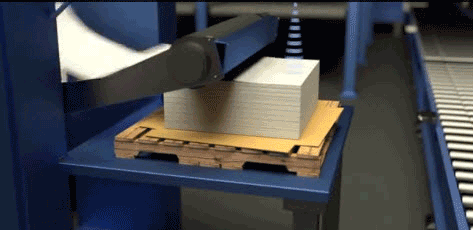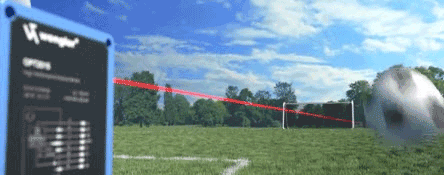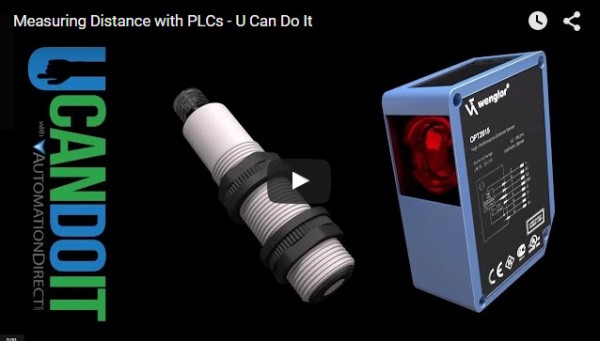Object detection is sensing if an object is in proximity or not – that’s it, you get an ON or an OFF signal. A more advanced object detection function involves measuring the actual distance of an object from the sensing point. Ultrasonic sensors and laser distance sensors are commonly used to measure how far away an object is, out to 100 meters and beyond. Distance measuring sensors supply an analog signal representing the distance proportional to the selected sensor’s range. But how can knowing how far away something is help in my application? Well besides applications that require positioning, the distance measured by these sensors can also provide data on how tall, how thick, how far off (displacement), how full or how empty (depending on your mood), a particular item is. How they are used is up to you, but now let’s look a little closer at how these sensors actually work.
Ultrasonic Sensors
Ultrasonic sensors use sound waves to measure distance, sending out a burst of audio energy and waiting for it to return. Given the rate sound travels through air, the distance is just the time it takes for the energy to get to the object and back to the sensor divided by two. Using sonic energy, these sensors do not have issues with things that plague optical sensors like smoke, dust, fog and steam. Conversely, they can be less effective in environments with high vibration.

Ultrasonic sensors fill the gap between laser distance sensors, which have long ranges but are more expensive, and proximity sensors, which have very short ranges and are typically inexpensive. Ultrasonic sensors can measure distances up to several meters, which is all that is needed in many applications such as bulk material distance measurements.
Laser Sensors
Laser sensors use highly-focused (coherent) light beams to perform distance measurement. Techniques include triangulation, time of flight, phase-shift and frequency modulation. Laser sensors for industrial use typically employ time of flight (transit time), similar to the ultrasonic method in that they measure the time it takes the laser pulse from the emitting device to reach the target and return.
Typical laser distance sensors come in two power ranges referred to as Class-I and Class-II lasers. The main difference is Class-I lasers have a maximum output of 0.5 mW, where Class-II lasers can have up to 1mW of output. The extreme resolution and fast response time of a laser sensor make it ideal for precision measurements.
Because laser sensors depend on visible light, they have a tough time detecting transparent objects like glass, plastic bottles, etc.  Laser sensors will also suffer in environments with lots of dust and particulates floating in the air since they have to ‘see’ the object and they have different responses depending on the color of the object. Some objects reflect laser light better than others.
Laser sensors will also suffer in environments with lots of dust and particulates floating in the air since they have to ‘see’ the object and they have different responses depending on the color of the object. Some objects reflect laser light better than others.
To learn more, check out the Distance Measuring chapter in our Automation VIDEO Cookbook. Learn about each type of sensing technology, its suitable applications and cost/performance space.
“Tech Tip” videos start with an overview of ultrasonic and laser sensors, and selecting the correct measuring style depending on the environment and object properties. Several videos show how to set up and use distance sensors.
The “How To” videos show step-by-step how to wire and use programming logic with the various types of sensors, connecting to CLICK, Do-more or Productivity series PLCs.



